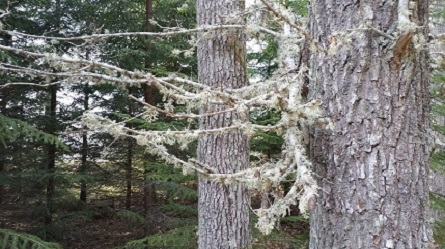Full project title: The potential of carbon sequestration in a cost-effective EU climate policy
Funding: Independent Research Fund Denmark (Danmarks Frie Forskningsfond).
Time: 2021-2024.
The aim of the project is to investigate a transition towards cost-efficient policies for carbon sequestration in forestry and agriculture in the EU.
This is done taking into account the potential cost savings from carbon sequestration measures with respect to a successively more stringent climate policy, given EU targets to reduce greenhouse gas emissions by 40% by 2030, and to achieve climate-neutrality by 2050. Carbon sequestration can faciliate the transition from a fossil fuel based economy to an economy based on renewable sources.
We address the challenges to design cost-efficient policy instruments, given nonpermanence of carbon sequestration measures, and the transaction costs that accrue over time when policy instruments are applied.
A Danish case study elaborates on policy instrument choice in the national context, where agricultural land dominates land use. We use an integrated approach, accounting for trade-offs between carbon sequestration and the use of bio-materials as substitutes for fossil fuel based products, and the potential synergies between policies for sequestration in forestry and agriculture.
The outcome of the project can improve the understanding of carbon sink management in EU policy, and contribute to informed decisions at EU and national levels regarding the design of policy instruments at national and EU level.
In the Danish context, results can help to develop the Climate Partnership between the government and the agricultural sector, the national forest program, and the Rural Development Program with respect to the approach taken to nonpermanence, transaction costs and EU flexibility mechanisms.
The project contributes with answers to the following research questions (RQs):
RQ1: What is the impact of nonpermanence on the cost-effective carbon sequestration policy over time and across EU countries?
RQ2: How do transaction costs affect the choice of policy instruments for carbon sequestration in different EU countries?
RQ3: How can the flexible mechanisms for the LULUCF sector be implemented in the presence of nonpermanence and transaction costs?
We hypothesize that: (i) nonpermanence and transaction costs affect the cost-effective sequestration over time and across countries, and the performance of policy instruments, and (ii) linkages between forest and agriculture, due to the common dependence on land for production, and potentially common policy transaction costs, matter for policy instrument choice.
